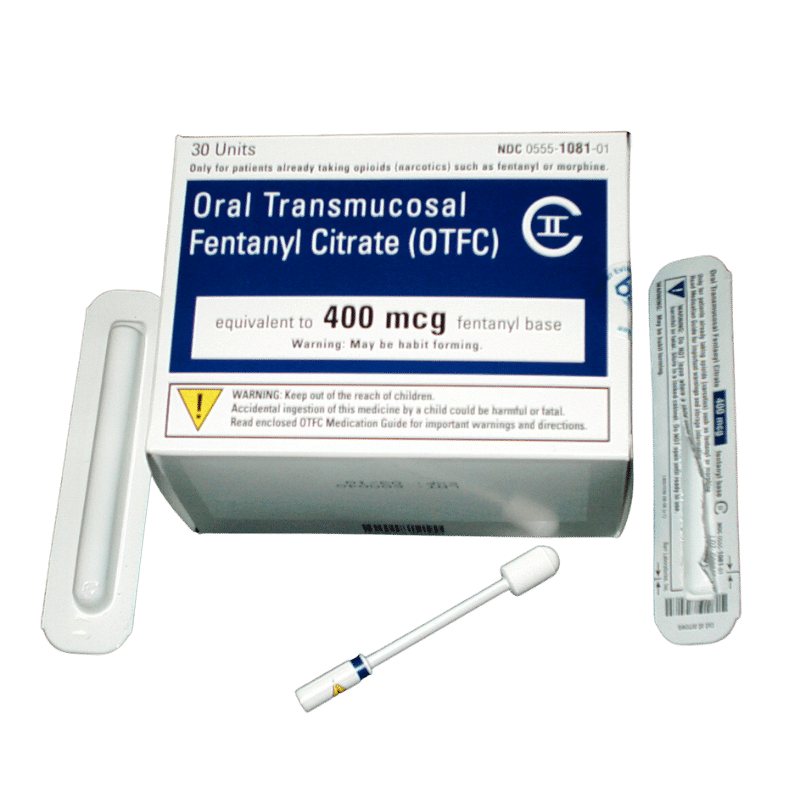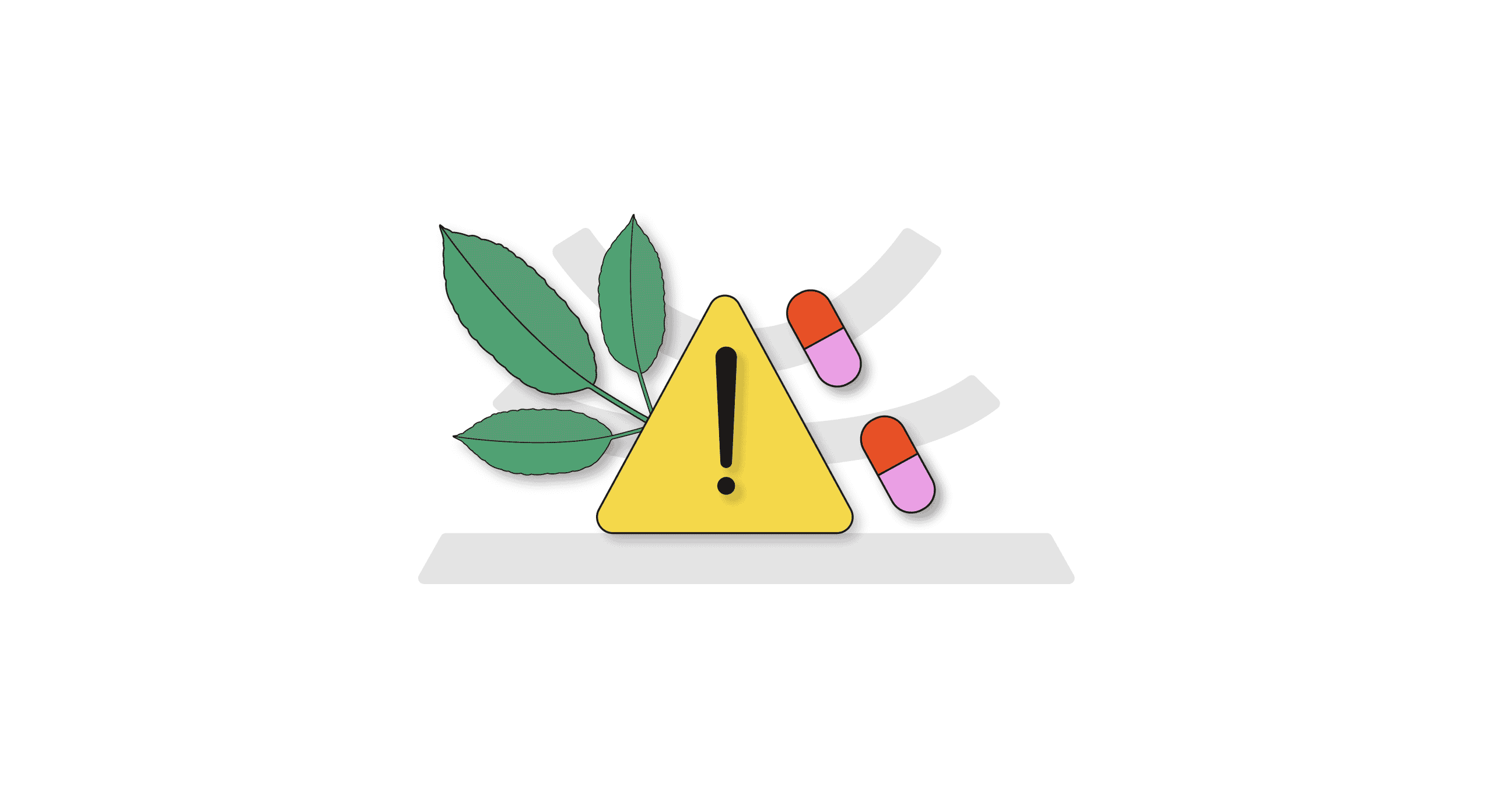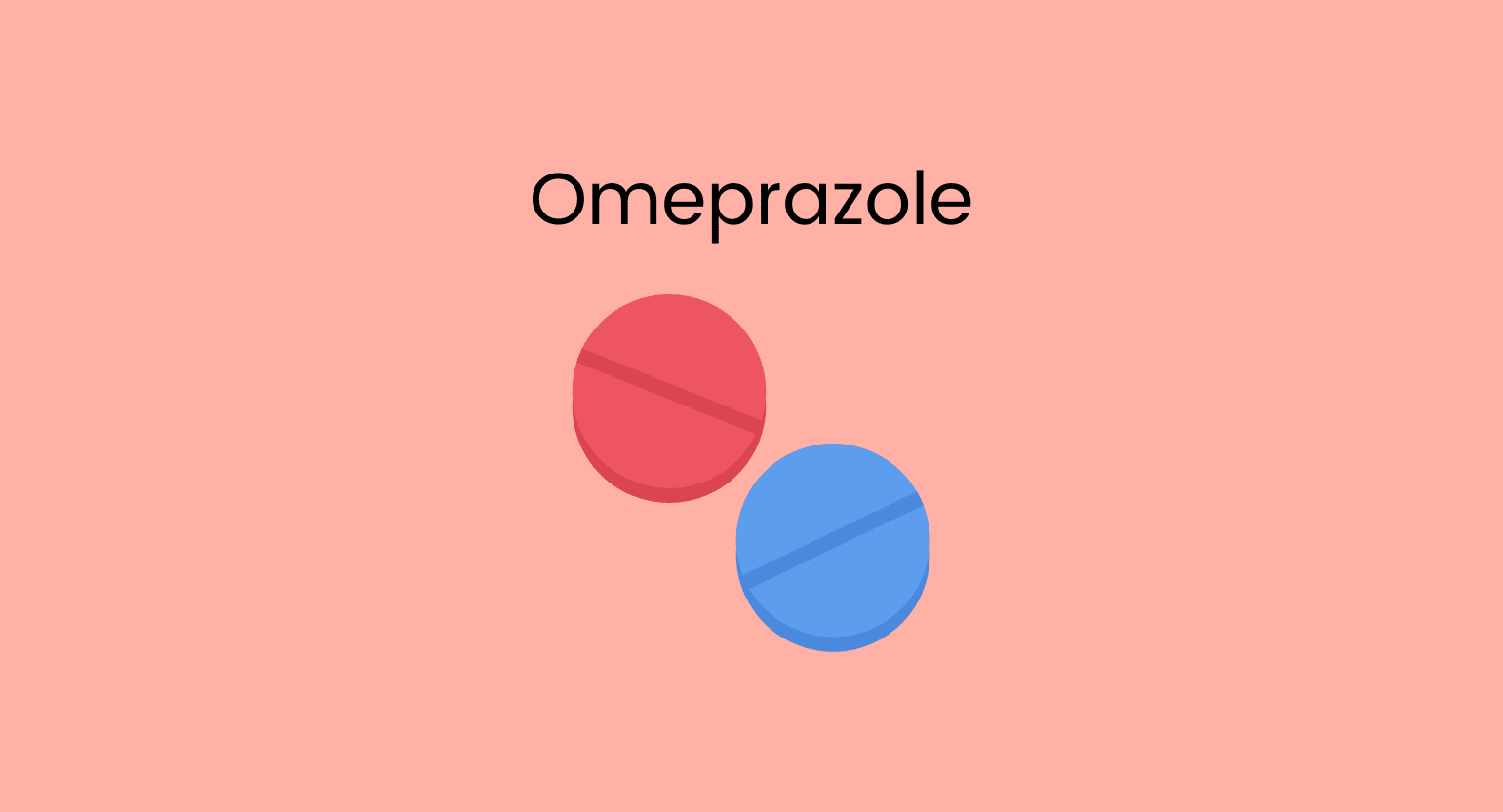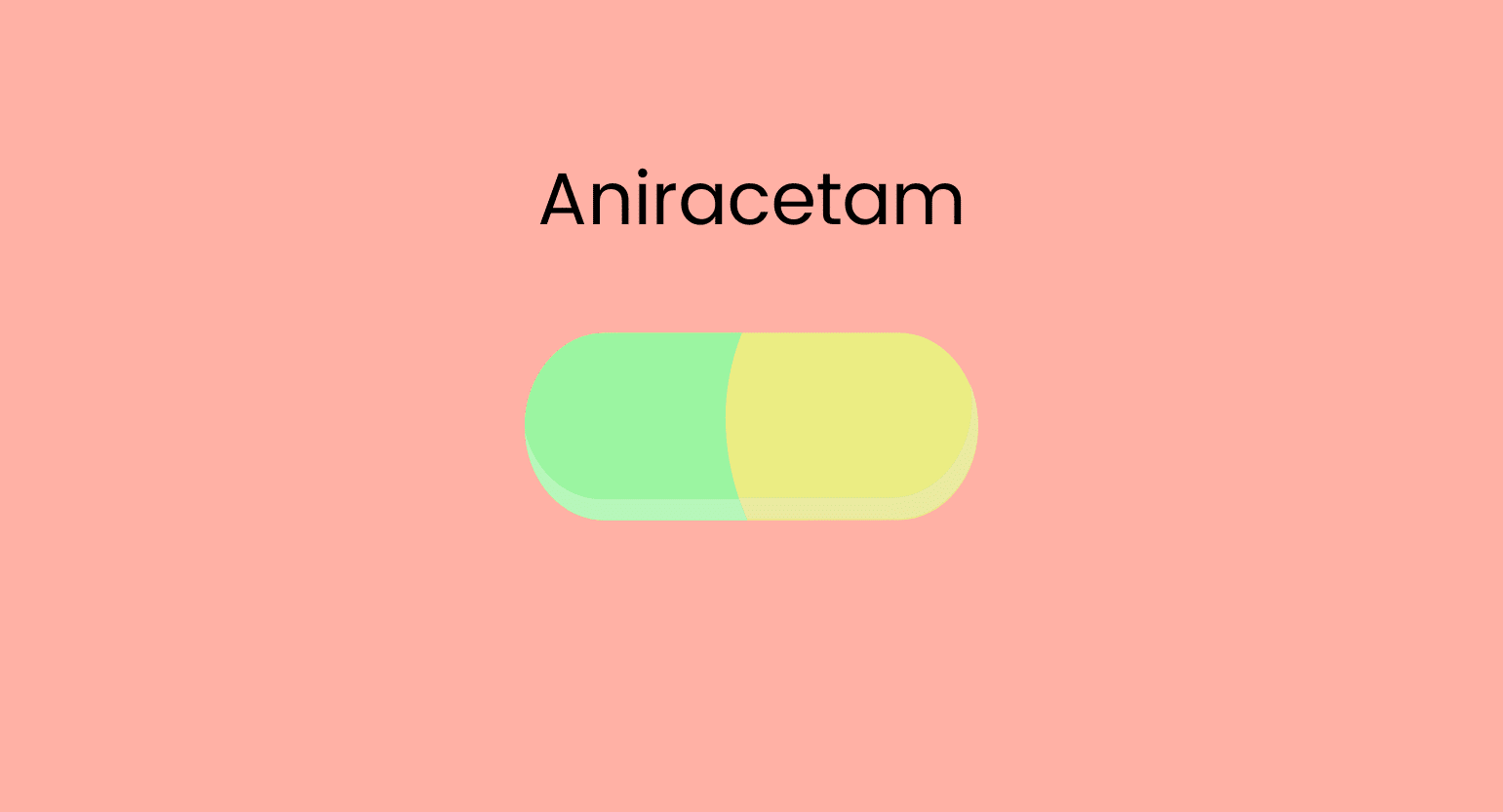Does Kratom Interact With Fentanyl?
Yes, very much so. This is a dangerous combination. It is never safe to combine kratom and opioids.
Fentanyl and kratom act on the body’s opioid receptors, and when taken together, they potentiate the overall effects. In this sense, they have an agonistic relationship that substantially increases the risk of adverse effects.
Additionally, kratom is known to have an inhibitory effect on the CYP3A4 enzyme [1]. This makes the metabolic interaction between kratom and fentanyl dangerous since fentanyl is processed mainly by that same enzyme [2].
In practical terms, kratom impairs the metabolism (breakdown) and clearing of fentanyl from the body.
Is it Safe to Take Kratom With Fentanyl?
Absolutely not. In fact, kratom is generally not safe to consume with any opioids, especially not ones as powerful as fentanyl.
The agonistic interaction between kratom and fentanyl puts the user at serious risk of a fatal adverse reaction like respiratory depression.
It also makes little sense to consume these two together. Both compounds have similar effects, and fentanyl is such a powerful substance that it makes kratom a nonsensical addition.
The only situation where it might make sense to mix these compounds is in the context of substitution therapy to wean oneself off fentanyl. But be warned — this should only be done under strict medical supervision.
What is Fentanyl?
Fentanyl is a powerful prescription opioid medication, although it’s also used as a recreational drug. In the US, it is listed in the Controlled Substances Act as a Schedule II drug, which means it has an accepted medical use and a high potential for abuse and dependence.
Fentanyl has a general profile similar to that of other opioids. Medically, it can be administered through injection, nasal spray, skin patch, or lozenges and tablets. The effects of fentanyl are felt quickly and tend to last under two hours [3]. Also, it’s known to be many times stronger than other opioid medications, such as morphine.
In 2016, fentanyl and its analogs were the leading cause of death from overdoses in the US.
Despite its reputation due to its illegal use, fentanyl is one of the most widely used opioid medications in healthcare; it remains a mainstay of anesthesiologists and is even on the WHO’s list of essential medicines.
Fentanyl Specs

| Drug Name | Fentanyl |
| Trade Name | Actiq, Duragesic, Fentora, etc |
| Classification | Opioid |
| CYP Metabolism | CYP3A4 |
| Interaction With Kratom | Agonistic & Metabolic Competition |
| Risk of Interaction | High |
What is Fentanyl Used for?
Fentanyl has the following medical uses:
- Pain management: Fentanyl is used for various forms of pain management, such as breakthrough cancer pain, chronic pain, post-operative pain, and even combat medicine for active troops [4]. Generally, this involves patients who are already highly tolerant to other opioid medications.
- Anesthesia: Intravenous fentanyl is often used for general and regional anesthesia [5].
- Palliative care
These indications relate to distinct formulations of fentanyl; not all formulations are approved for all usages.
What’s the Dose of Fentanyl?
Since fentanyl is such a powerful compound, it’s not recommended to try and parse out generalized dosage recommendations. Medical cases involving fentanyl take this consideration entirely out of the user’s hands.
Fentanyl is a prescription drug, meaning a physician should have already handled all dosage recommendations.
Only take your fentanyl prescription as it was prescribed to you.
Generic & Brand Name Versions
Fentanyl is available under the following brand names:
- Actiq
- Duragesic
- Fentora
- Ionsys
- Sublimaze

What Are the Side Effects of Fentanyl?
Fentanyl has a side effects profile similar to that of other opioids, including:
- Anxiety
- Asthenia
- Constipation
- Dizziness
- Dyspnea (shortness of breath)
- Headaches
- Insomnia
- Nausea
- Rash
- Somnolence
- Vomiting
More serious adverse reactions are:
- Anaphylaxis
- Bradycardia (slowed heart rate)
- Cardiac arrest
- Hypertension
- Laryngospasm
- Respiratory depression (the leading cause of death in opioid overdoses)
- Serotonin syndrome
- Urticaria
Contraindications to taking fentanyl include:
- Concomitant use with CYP3A4 inhibitors
- Concomitant use with other CNS depressants
- Lactation
- Opioid-nontolerant patients
- Pregnancy
- Severe hepatic and renal impairment
Besides adverse effects, fentanyl use places one at a high risk of developing a mental and physical dependence on opioids.

What is Kratom?
Kratom (Mitragyna speciosa) is an all-natural compound making waves in the US due to its incredible health benefits.
In Southeast Asia, kratom was a staple in traditional medicine for many centuries before it recently made its way to the western world. Like coffee and the coca plant, kratom has potent alkaloid compounds — the two most plentiful being mitragynine and 7-hydroxymitragynine — that grant it a wide array of properties.
Unfortunately, the FDA and the pharmaceutical establishment refuse to recognize it as a legitimate form of medication until more research is available. But don’t worry; we have a firm commitment to the healing power of kratom and will fill you in on everything you need to know.

What is Kratom Used for?
Kratom has a truly mind-boggling amount of potential uses. Why? Glad you asked!
Kratom is a spectrum drug; as the dosage increases, kratom’s properties begin to shift into other effects.
Let’s break it down. When consumed in small substances, kratom acts very much like a stimulant. Like coffee, it gives the user increased energy and focus and even provides mood-enhancing effects. Once we get into higher doses, kratom offers potent analgesic and anxiolytic benefits.
Kratom even promotes sleep, serves as an effective weight-loss supplement, and helps alleviate opioid withdrawal symptoms.
The news might want you to think otherwise, but kratom is unlikely to cause an overdose, and kratom addiction is mild compared to opioids.
What’s the Dose of Kratom?
Since kratom’s effects are highly dependent on the dosage, it’s essential to get this right.
Dosages are always dependent on many factors like the method of consumption, body mass, age, etc. With kratom, it’s even more individualized.
With that caveat, here are the general dosage recommendations for kratom and their effects:
- Low dose (2-4 g) — Promotes stimulant and nootropic benefits
- Medium dose (5-8 g) — Evident analgesic and anxiolytic properties
- High dose (9-12 g) — Heavy tranquilizing, analgesic, and anxiolytic qualities; not recommended for inexperienced users

What Are the Side Effects of Kratom?
Kratom acts on the body’s opioid receptors and has a side effects profile similar to opioids. However, kratom is less likely to cause serious adverse effects and dependence.
With that said, these are the most common kratom side effects:
- Anxiety
- Brain fog
- Constipation
- Dizziness
- Headaches
- Heart palpitations
- Liver damage (with long-term use)
- Lethargy
- Nausea
- Vomiting
What Are the Different Types of Kratom?
You’ll find that kratom exists in three main strains; this is excellent news for those who like to tweak their preferred substances to get the desired experience.
Also, there are other variations on top of these three main strains. Changes in soil composition and harvest methods can lead to slightly different alkaloid profiles. Make sure to experiment and find what’s right for you.

White Vein Kratom
White vein kratom is known as the “mind” strain in the kratom community. This is because it excels at eliciting the stimulant side of the kratom spectrum.
Kiss your morning coffee goodbye; with white vein kratom, you’ll get all the benefits of coffee and more.

Red Vein Kratom
Red vein kratom has become incredibly popular with those suffering from anxiety or chronic pain, as this strain is best suited to bring out kratom’s analgesic and anxiolytic effects.
Many people have left their prescriptions behind, thanks to kratom. But again, never do this without your doctor.

Green Vein Kratom
Instead of highlighting one aspect of the kratom spectrum, green vein kratom gives you a pleasant, balanced experience.
Want to try everything that kratom has to offer? Then go with a green-veined strain.

Yellow Vein Kratom
In all honesty, yellow-vein kratom is similar to green except for one little thing: it’s more laid-back and doesn’t pack as much punch.
If you’re new to kratom or prefer subtle effects, consider trying a yellow-veined strain, as it might just be the one for you.

Key Takeaways: Is it Safe to Mix Kratom & Fentanyl?
No, mixing these compounds is not safe, and there are plenty of reasons.
The agonistic interaction between kratom and fentanyl increases the risk of an adverse reaction with a compound (fentanyl) that’s already quite dangerous. As if that weren’t enough, kratom’s inhibitory effects on the metabolization of fentanyl increase the risk even more.
Do not mix these compounds unless it’s with strict doctor supervision.
- Hanapi, N. A., Ismail, S., & Mansor, S. M. (2013). Inhibitory effect of mitragynine on human cytochrome P450 enzyme activities. Pharmacognosy research, 5(4), 241.
- Feierman, D. E., & Lasker, J. M. (1996). Metabolism of fentanyl, a synthetic opioid analgesic, by human liver microsomes. Role of CYP3A4. Drug Metabolism and Disposition, 24(9), 932-939.
- Lötsch, J., Walter, C., Parnham, M. J., Oertel, B. G., & Geisslinger, G. (2013). Pharmacokinetics of non-intravenous formulations of fentanyl. Clinical pharmacokinetics, 52(1), 23-36.
- Gourlay, G. K. (2001). Treatment of cancer pain with transdermal fentanyl. The lancet oncology, 2(3), 165-172.
- Goodman, L. S. (1996). Goodman and Gilman’s the pharmacological basis of therapeutics (Vol. 1549, pp. 1361-1373). New York: McGraw-Hill.









